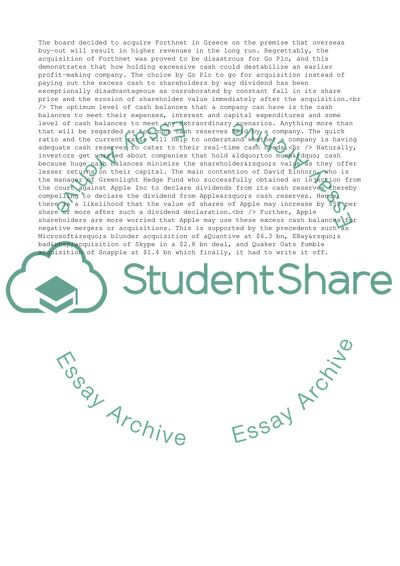Cite this document
(The Optimum Level of Cash Balances Assignment Example | Topics and Well Written Essays - 2238 words - 5, n.d.)
The Optimum Level of Cash Balances Assignment Example | Topics and Well Written Essays - 2238 words - 5. Retrieved from https://studentshare.org/business/1626792-corporate-finance
The Optimum Level of Cash Balances Assignment Example | Topics and Well Written Essays - 2238 words - 5. Retrieved from https://studentshare.org/business/1626792-corporate-finance
(The Optimum Level of Cash Balances Assignment Example | Topics and Well Written Essays - 2238 Words - 5)
The Optimum Level of Cash Balances Assignment Example | Topics and Well Written Essays - 2238 Words - 5. https://studentshare.org/business/1626792-corporate-finance.
The Optimum Level of Cash Balances Assignment Example | Topics and Well Written Essays - 2238 Words - 5. https://studentshare.org/business/1626792-corporate-finance.
“The Optimum Level of Cash Balances Assignment Example | Topics and Well Written Essays - 2238 Words - 5”, n.d. https://studentshare.org/business/1626792-corporate-finance.


